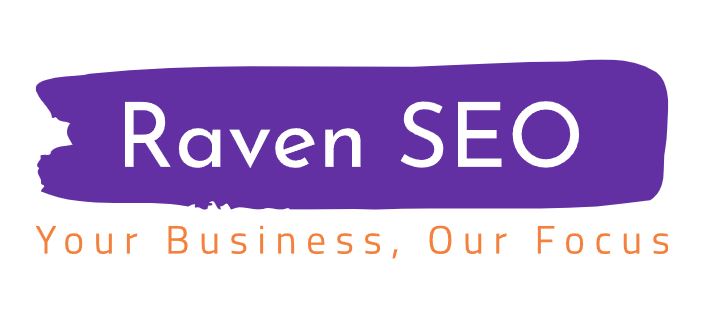In today’s visually-driven world, how people discover products is rapidly evolving. Gone are the days of solely relying on text-based searches. Google Lens, a powerful visual search engine, is transforming the way shoppers interact with the online marketplace. Optimizing your product listings for Google Lens can unlock new streams of traffic and boost your eCommerce sales. Let’s dive into how to make your products shine in this exciting search landscape.
Understanding Google Lens
Think of Google Lens as your shoppers’ visual search assistant. Here’s how it works:
- Point & Search: Users point their smartphone camera at a product (in real life or an image), and Google Lens instantly tries to identify it.
- Rich Results: It doesn’t just stop at product identification. Google Lens then delivers shopping options, similar product suggestions, reviews, and related content.
- Convenience: This visual search makes product discovery seamless, especially helpful when shoppers don’t know the exact keywords to describe what they want.
Unlock Your Website’s Potential
Get a FREE Website Audit from Raven SEO!
Discover hidden opportunities to improve your website’s performance, SEO, and user experience. Our comprehensive audit will reveal actionable insights to drive more traffic and conversions.
Why Optimizing for Google Lens Matters for eCommerce
- Capture “I Want That” Searches: Lens taps into immediate purchase intent when someone sees something they like and want to find it online.
- Reach New Audiences: You can connect with visually-oriented shoppers who might not find you through traditional text searches.
- Stand Out in Competitive Markets: Optimizing for image search can give you an edge over competitors who haven’t adopted this strategy.
How to Optimize Your Products for Google Lens
- High-Quality Product Images are King:
- Clarity: Ensure your product photos are well-lit, in-focus, and show details clearly.
- Multiple Angles: Provide shots from various perspectives to give a comprehensive view of the product.
- Visual Context: consider lifestyle images showing your product in use to add appeal.
- Optimize Image File Names and Alt Text:
- Descriptive File Names: Instead of generic image names (e.g., “IMG0034.jpg”), use keywords describing the product (e.g., “red-women’s-cocktail-dress.jpg”).
- Informative Alt Text: Alt text is a written description of the image for visually impaired users and search engines. Include relevant keywords and a brief product description.
- Leverage Google Merchant Center:
- Accurate Product Data: Ensure product titles, descriptions, pricing, and availability in your Merchant Center feed are up-to-date.
- Use Structured Data: Implement product-specific schema markup on your website to help Google understand your product details. (Example: https://schema.org/Product)
- Focus on Product Titles and Descriptions:
- Include Keywords: Naturally weave in relevant keywords your customers would use to search for similar items with Google Lens.
- Be Specific: Include details about color, material, size, and other defining features.
- Encourage Reviews and User-Generated Content:
- Social Proof: Positive reviews and images of customers using your product can increase discoverability on Lens.
Additional Tips & Considerations
- Mobile-First Experience: Ensure your eCommerce website is mobile-friendly for seamless Lens searches.
- Track Performance: Monitor Google Search Console for insights into how your products surface in Lens results.
- Evolving Technology: Stay updated on Google Lens features; optimization strategies will continue to refine.
The Power of Combining Visual Search with Traditional SEO
While optimizing for Google Lens is crucial, it shouldn’t replace your overall eCommerce SEO efforts. A well-rounded approach for maximum visibility includes:
- Keyword Research: Understanding the terms people search for.
- On-Page Optimization: Making sure your website content is structured for search engines.
- Technical SEO: Ensuring your site is crawlable and indexable.
Need expert help taking your eCommerce SEO to the next level? Explore our comprehensive ecommerce SEO services.




